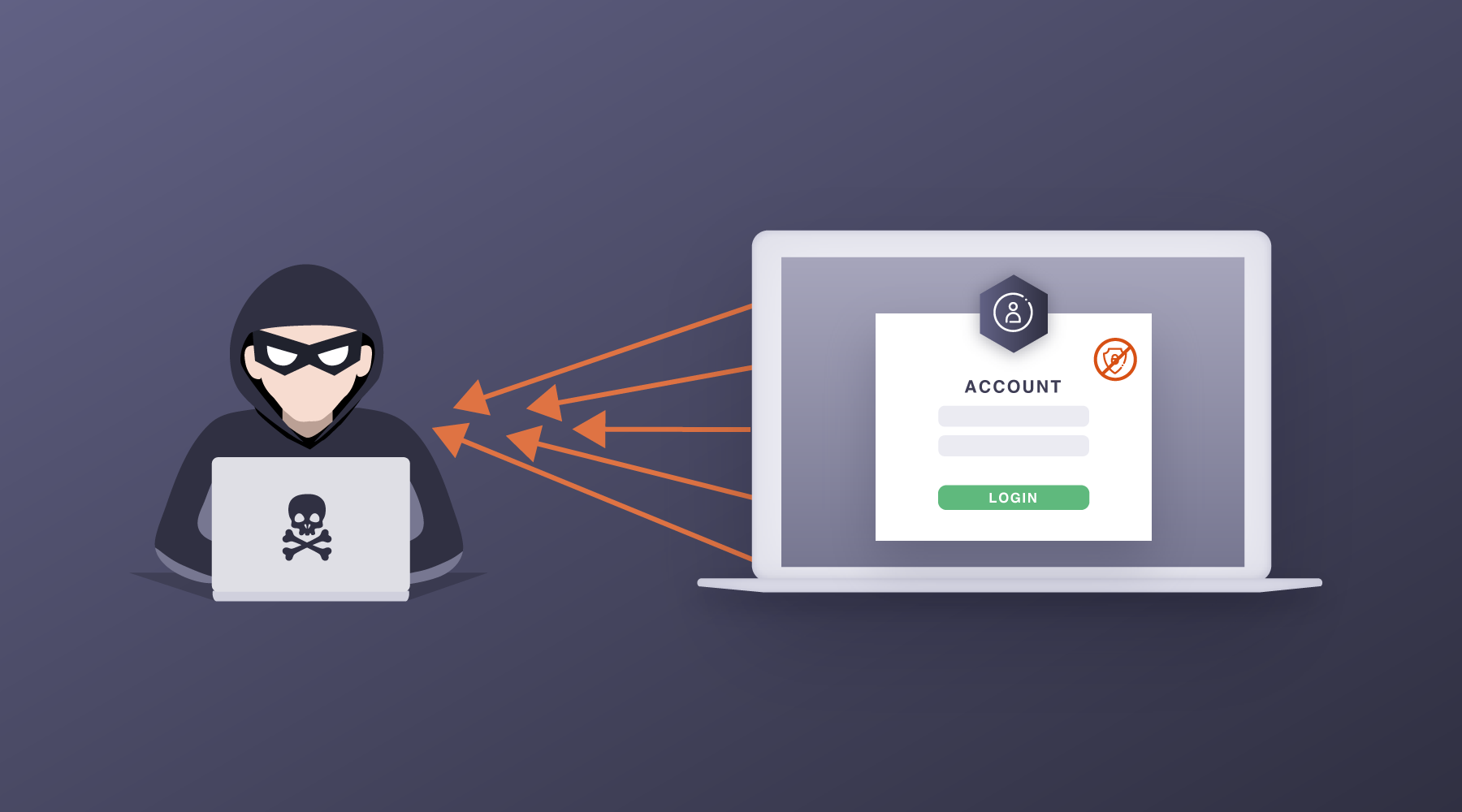Account takeover (ATO) is a type of cyberattack where a hacker gains access to a user’s online account, such as email, social media, or banking account, without the user’s consent. This type of attack is on the rise, and its consequences can be devastating for both individuals and organizations. Therefore, it is crucial for CISOs to be aware of this threat and take necessary steps to prevent it.

The Rise of Account Takeovers
ATO attacks have become increasingly common in recent years, thanks to the widespread use of passwords and the growing sophistication of cybercriminals. Hackers use various methods to gain access to a user’s account, such as phishing, brute force attacks, or credential stuffing.
Phishing attacks, for example, involve sending emails or messages that appear to be from a legitimate source, such as a bank or social media platform, to trick users into revealing their login credentials. Brute force attacks, on the other hand, involve using automated software to try different combinations of usernames and passwords until the correct one is found. Credential stuffing, a type of brute force attack, involves using stolen login credentials from one site to gain access to other sites where the user has used the same credentials.
The consequences of an ATO attack can be severe. In addition to stealing sensitive information, hackers can use the compromised account to launch further attacks, such as spreading malware or initiating financial transactions. This can lead to financial loss, reputational damage, and legal consequences for both individuals and organizations.
Getting Rid of Passwords
Password-based authentication is the weakest link in the cybersecurity chain, and it’s time to move beyond it. Passwords can be guessed, stolen, or compromised in various ways, making them a significant vulnerability in any security strategy.
Instead, CISOs should consider alternative authentication methods that are more secure and less vulnerable to attack. These methods offer a higher level of security and are less susceptible to attacks such as phishing or brute force attempts.
Preventing Account Takeovers
Preventing ATO attacks requires a comprehensive security strategy that includes both preventive measures and incident response plans. Here are some of the steps that CISOs can take to prevent ATO attacks:
Multi-Factor Authentication (MFA)
MFA is an effective way to prevent ATO attacks. It requires users to authenticate with multiple factors, such as a fingerprint or a one-time code sent to their phone. This provides an added layer of security, making it harder for hackers to gain access to the user’s account.
Passwordless Authentication
Passwordless authentication is a method of authentication that eliminates the need for passwords altogether. It uses alternative authentication methods such as biometric authentication, smart cards, or token-based authentication to verify the user’s identity. This makes it harder for hackers to steal or guess passwords and provides a higher level of security.
Continuous Monitoring
Organizations should implement continuous monitoring to detect suspicious activity, such as login attempts from unknown devices or unusual locations. This can help identify potential ATO attacks early and prevent them from causing further damage.
Incident Response Plans
In the event of an ATO attack, organizations should have incident response plans in place to contain and mitigate the damage. This includes steps such as resetting passwords, blocking access to compromised accounts, and notifying affected users.
Conclusion
In conclusion, account takeover attacks are a significant threat to organizations and individuals. To reduce the risk of such attacks, CISOs can implement multi-factor or passwordless authentication and have an incident response plan in place. Moving beyond passwords is necessary for better security, as they are inherently insecure. CISOs must stay informed of the latest cybersecurity trends and continuously improve their security strategies to stay ahead of attackers.